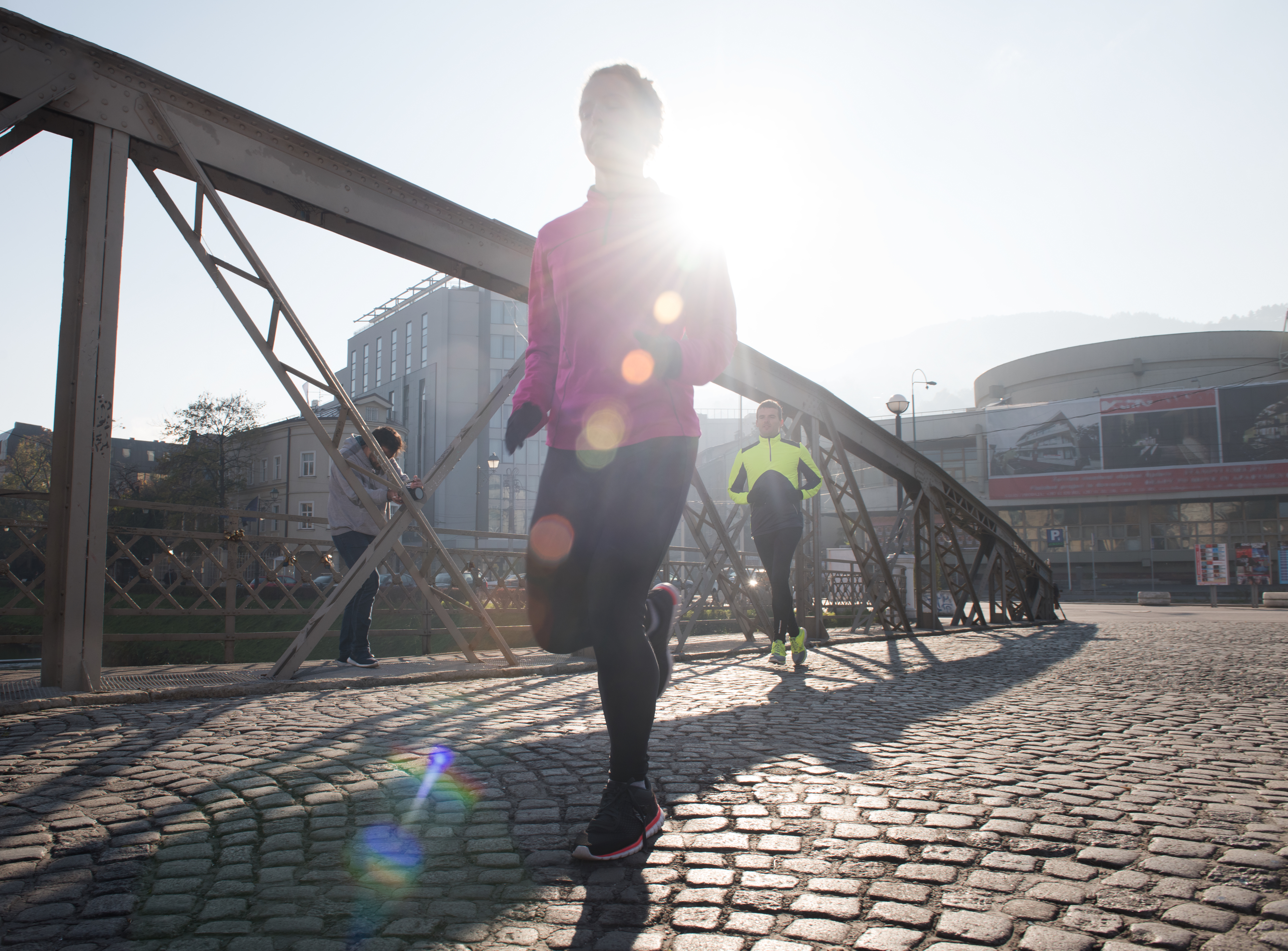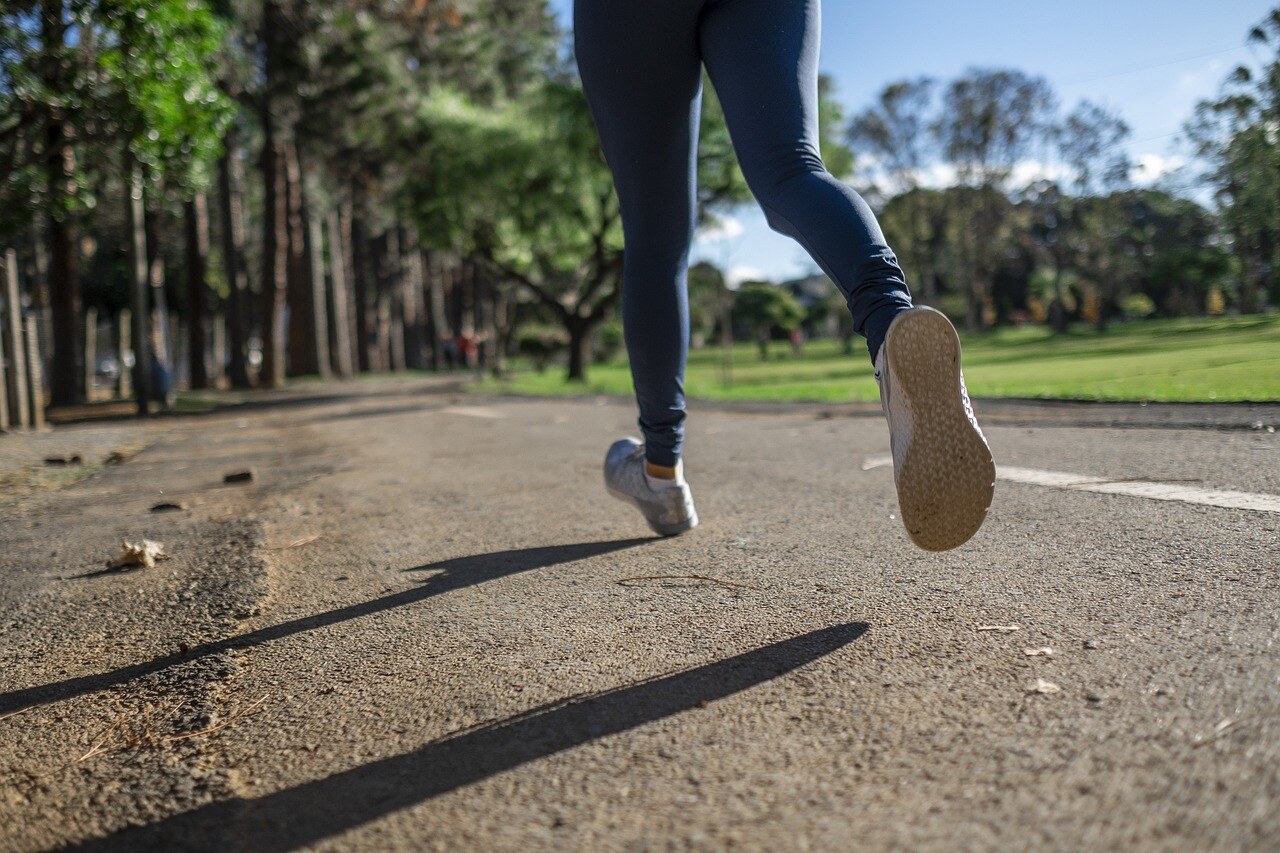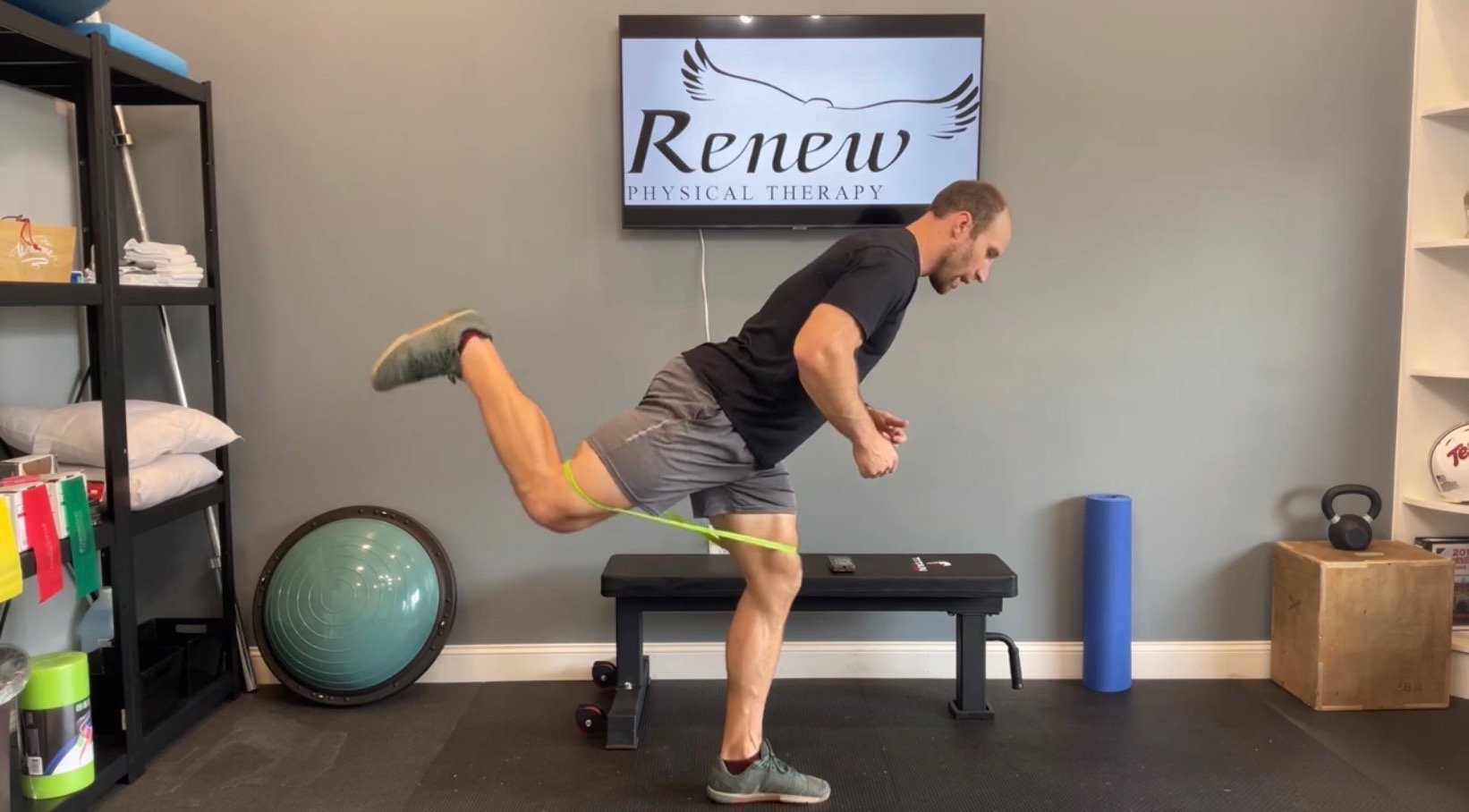When most people think about running performance, they picture powerful legs, fast feet, and high mileage. But there’s one muscle group that often gets overlooked—and it’s right at the center of it all: your core.
Your core isn’t just your “abs.” It includes deep stabilizing muscles in your lower back, pelvis, and hips that work together to control movement, transfer energy, and keep your body aligned with every stride. A strong core acts like a central support system, helping to stabilize your torso so your arms and legs can move efficiently.
READ: Moving Beyond Pain: Physical Therapy Holistic Care in Mooresville
For runners, this matters more than you might expect. A weak or underactive core can cause your form to break down, especially as fatigue sets in. That breakdown can lead to wasted energy, reduced speed, and a higher risk of injury.
Whether you're training for distance, speed, or simply running pain-free, building a stronger core is one of the smartest ways to support your goals.
How a Weak Core Increases Injury Risk in Runners
Running is a repetitive motion sport, and without proper support from the core, your body compensates in ways that can lead to breakdowns over time. A weak core affects the way your pelvis, spine, and hips function under stress—often resulting in poor alignment and inefficient movement patterns.
One of the most common issues tied to poor core strength is pelvic instability. When your pelvis shifts excessively during each stride, it throws off the mechanics of your hips and knees, increasing the likelihood of conditions like iliotibial (IT) band syndrome, runner’s knee, or hip pain.
Core weakness also reduces shock absorption and places more strain on your spine and lower extremities. This can lead to chronic issues like low back pain, shin splints, or even Achilles tendonitis, especially in runners ramping up mileage or speed.
In short, without a strong core to anchor your movement, your legs work harder to stabilize and propel you forward—putting you on a fast track to overuse injuries.
READ: Physical Activity and Health

The Core’s Role in Posture, Balance, and Energy Transfer
Your core is the foundation of your running form—and when it functions well, everything else follows suit. A strong, stable core helps maintain upright posture throughout your run, preventing the slouching or excessive trunk rotation that often appears when fatigue sets in. This alignment reduces unnecessary strain on the spine and allows for smoother, more efficient movement.
Core muscles also play a critical role in balance. Every time your foot strikes the ground, your body must stabilize on a single leg while managing forward motion. Without strong core engagement, you’re more likely to wobble or compensate with surrounding muscles, increasing the risk of strain and misalignment.
Perhaps most importantly, your core facilitates energy transfer. It acts as the bridge between your upper and lower body—transferring force from the ground up through your torso and into your arms and legs. When this system works efficiently, you use less energy per stride and reduce cumulative fatigue over the course of a run.
Building core strength isn’t just about injury prevention—it’s about optimizing every aspect of your running mechanics.
Signs Your Core Might Be Holding You Back
Core weakness doesn’t always announce itself with immediate pain, but it often shows up in subtle, frustrating ways during your runs. Recognizing the signs early can help you address the issue before it turns into a full-blown injury.
One common red flag is postural fatigue. If you find yourself slouching or leaning back during long runs—or if your torso feels unstable when you pick up the pace—it could be a sign your core isn’t doing its job.
Another clue is repetitive soreness or tightness in areas like the lower back, hips, or knees. These areas tend to absorb more stress when the core fails to provide adequate support. You might also notice asymmetrical movement, like one side of your body working harder, your hips dropping when you land, or your stride feeling uneven.
Poor form at the end of a run, especially when fatigue sets in, is often the most obvious symptom. If your mechanics fall apart late in your workouts or races, your core strength—and endurance—may need attention.
READ: The Ultimate Guide to Running Injury Prevention: How to Stay Strong and Pain-Free
How Physical Therapy Can Help Strengthen Your Core for Better Running
At Renew Physical Therapy, we don’t just treat pain—we work to uncover its root causes. When it comes to running-related injuries and performance plateaus, poor core stability is often at the center of the problem. That’s why our therapists take a targeted approach to assessing and improving core strength as part of your overall movement strategy.
The process begins with a full-body movement assessment, which may include gait analysis, balance testing, and evaluation of how your core activates during functional tasks. From there, we identify specific weaknesses or compensation patterns that are affecting your form.
Instead of prescribing generic core exercises, we build a customized plan that targets the muscles most relevant to your running mechanics—like your deep abdominals, glutes, and spinal stabilizers. These exercises are progressive and integrated into functional movement patterns that support your stride, posture, and endurance.
As your core strength improves, so does your ability to run more efficiently, recover faster, and minimize injury risk. Working with a physical therapist ensures you're building strength that truly translates to better performance on the road or trail.
Run Stronger, Smarter, and Safer with Renew Physical Therapy
Whether you're training for a race or just looking to stay active and pain-free, core strength is one of the most powerful tools you can build. At Renew Physical Therapy in Mooresville, we help runners like you move better, feel stronger, and reduce injury risk—starting with the foundation of efficient movement: your core.
Our one-on-one, movement-focused approach means your care plan is designed specifically for your body, your goals, and your running style. From comprehensive assessments to customized strength and mobility programs, we guide you every step of the way to improve posture, stride control, and running resilience.
READ: Fueling Recovery & Performance
If you’re dealing with nagging pain, performance plateaus, or simply want to run more efficiently, we’re here to help. Contact us today to schedule your core and movement assessment—and take the next step toward better, smarter running.





